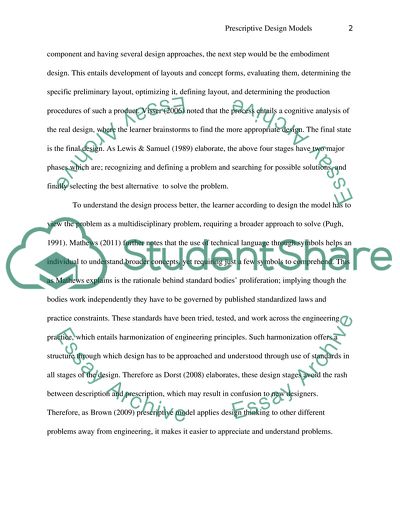Prescriptive Design Models Essay Example | Topics and Well Written Essays - 500 words. Retrieved from https://studentshare.org/design-technology/1609063-prescriptive-design-models
Prescriptive Design Models Essay Example | Topics and Well Written Essays - 500 Words. https://studentshare.org/design-technology/1609063-prescriptive-design-models.


